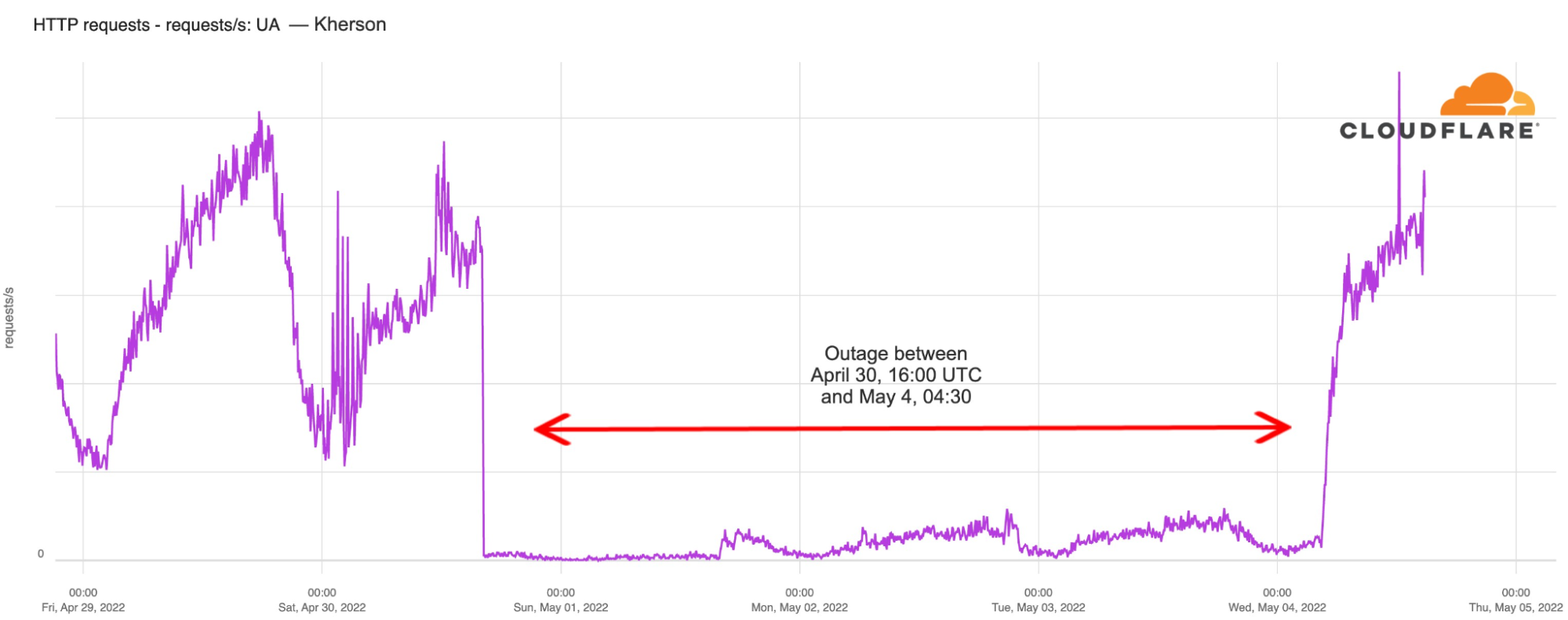0
Dell offers data, app recovery support for multicloud assets
Dell is offering an expanded ecosystem of multicloud data management tools for its customers with a focus on data recovery services, adding recovery vault support for on-premises as well as public cloud assets."Our customers want help reducing complexity and are seeking solutions that use a common approach to managing data wherever it lives — from public clouds, to the data center, to the edge," said Chuck Whitten, co-chief operating officer, Dell Technologies, in a statement. "We are building a portfolio of software and services that simplifies on-premises and multicloud environments and offers." To read this article in full, please click here




